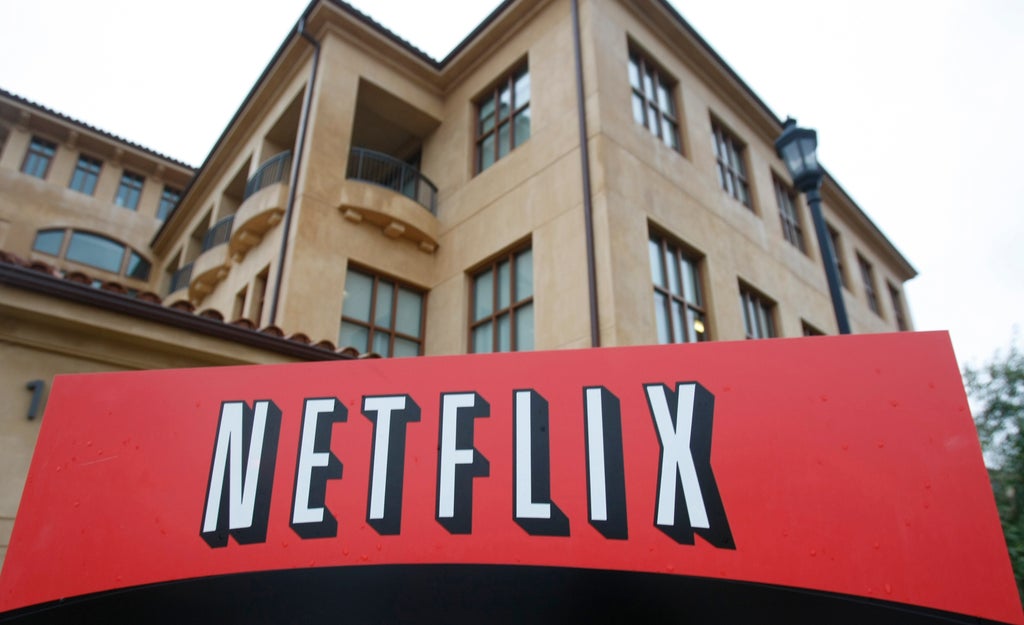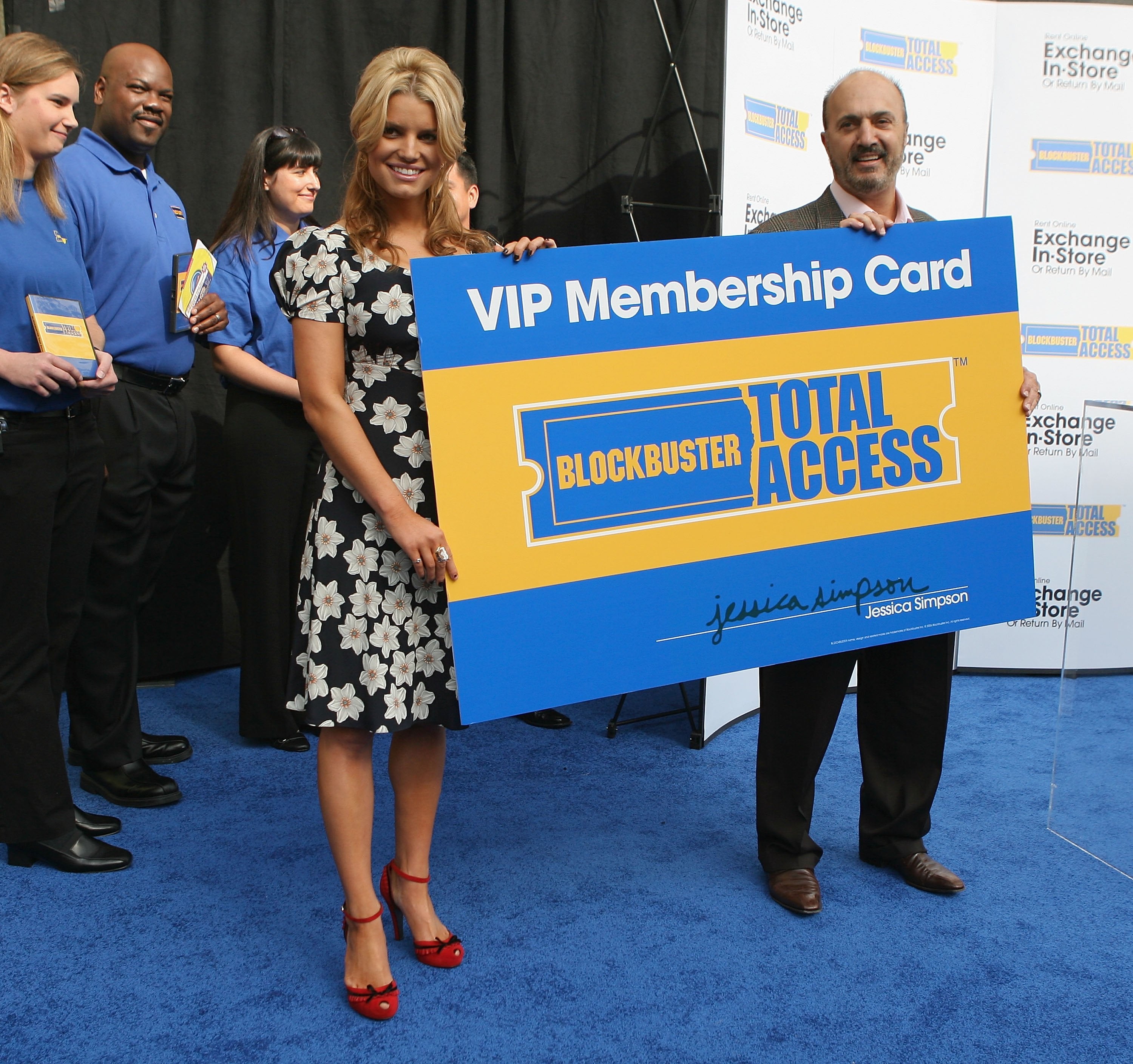
In 2000, the CEO of Blockbuster Video had the chance to buy Netflix for $50m. Instead, a new book says, the best he could do was not laugh them out of the room.
Marc Randolph, the co-founder and first CEO of the streaming service, recalls the disastrous meeting in his new book, That Will Never Work: The Birth of Netflix and the Amazing Life of an Idea.
Today Netflix takes in almost $30bn per year in revenue, and Blockbuster is no more (except for one franchise store in Bend, Oregon). But 22 years ago, Blockbuster still dominated the video rental industry, and Netflix was a fledgling start-up, physically mailing DVDs to customers and struggling to survive the dot-com crash. Desperate for cash to shore up their business, Mr Randolph and fellow co-founder Reed Hastings came up with a Hail Mary idea: Blockbuster could buy them out.
After months of trying to arrange a meeting, Netflix heard back from Blockbuster. The video giant’s leadership would meet with them the next morning, in Dallas, Texas – and Mr Randolph and Mr Hastings were in California. Undeterred, they chartered a private plane for 5am the next morning, and got to Blockbuster’s headquarters on time.
Clad in T-shirts and flip-flops, the Netflix team entered the office of Blockbuster’s immaculately dressed CEO, John Antioco. Mr Hastings delivered the best pitch he could muster.
“We should join forces,” he said, as Mr Randolph recalled in an excerpt shared by Vanity Fair. “We will run the online part of the combined business. You will focus on the stores. We will find the synergies that come from the combination, and it will truly be a case of the whole being greater than the sum of its parts.”

Mr Antioco was unimpressed.
“The dot-com hysteria is completely overblown,” he told them. His adviser, Ed Stead, concurred, explaining imperiously that online businesses – still a new phenomenon in 2000 – were not sustainable. The Netflix founders pushed back, and a debate began between these avatars of the old world and the new.
Finally, Mr Stead held up his hand for the talking to stop.
“If we were to buy you, what are you thinking?” he asked. “I mean, a number. What are we talking about here?”
Mr Hasings blurted out their answer: “Fifty million.”
According to Mr Randolph, this was when the meeting truly began to unravel. He had been watching Mr Antioco’s body language, he writes, and until now it had conveyed polite attention.
“But now that Reed had named a number,” he recalls, “I saw something new, something I didn’t recognize, his earnest expression slightly unbalanced by a turning up at the corner of his mouth. It was tiny, involuntary, and vanished almost immediately. But as soon as I saw it, I knew what was happening: John Antioco was struggling not to laugh.”
During the “long, quiet ride back to the airport”, Mr Randolph pondered what had just happened. Once they were back on the chartered plane – which was costing them tens of thousands of dollars they couldn’t afford – he made an announcement.
“Well, s***,” he said. “Blockbuster doesn’t want us. So it’s obvious what we have to do now … It looks like now we’re going to have to kick their a**.”







